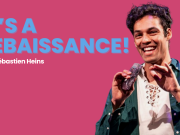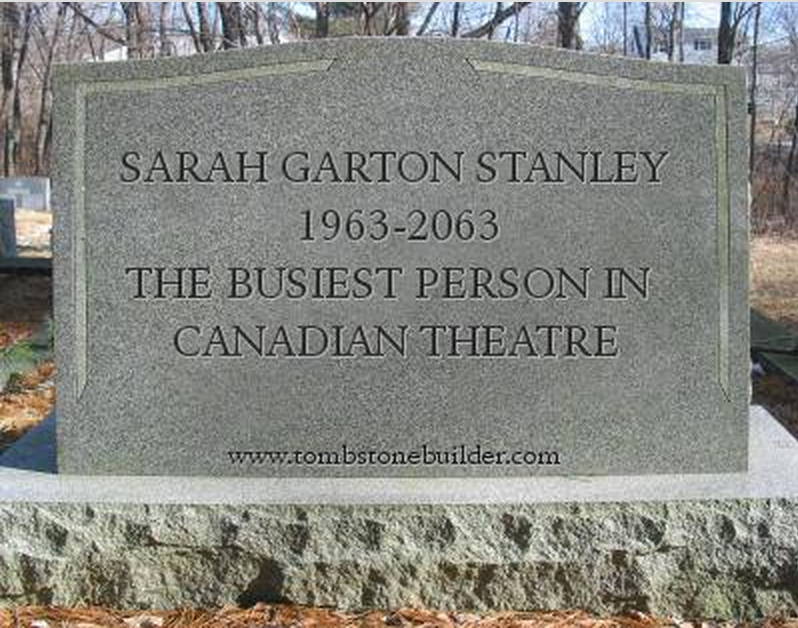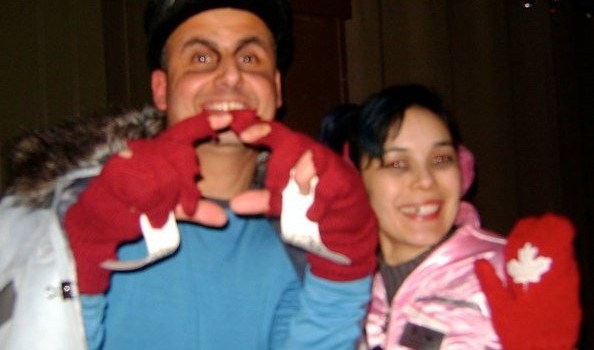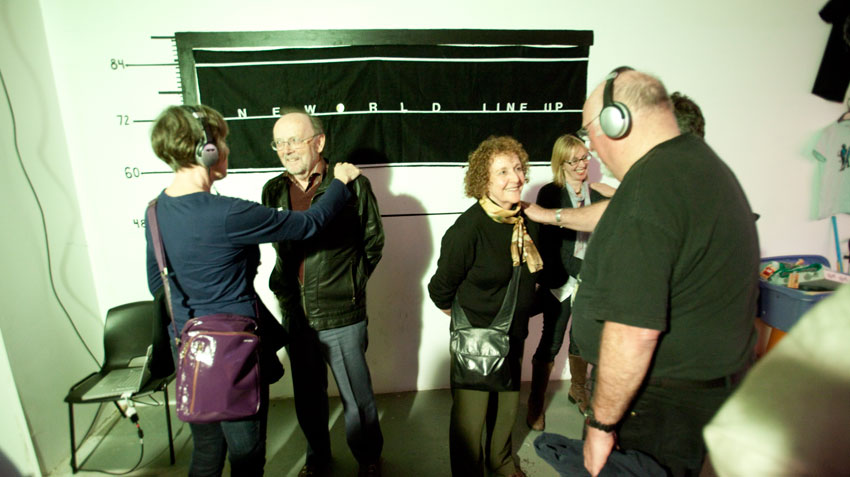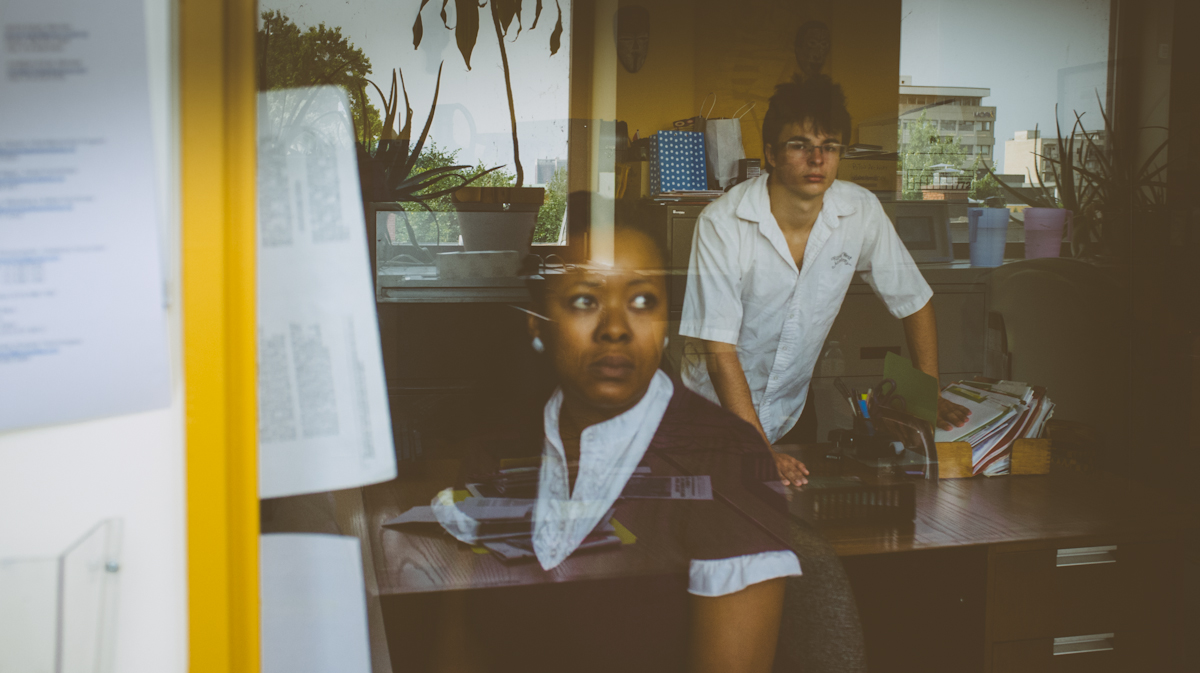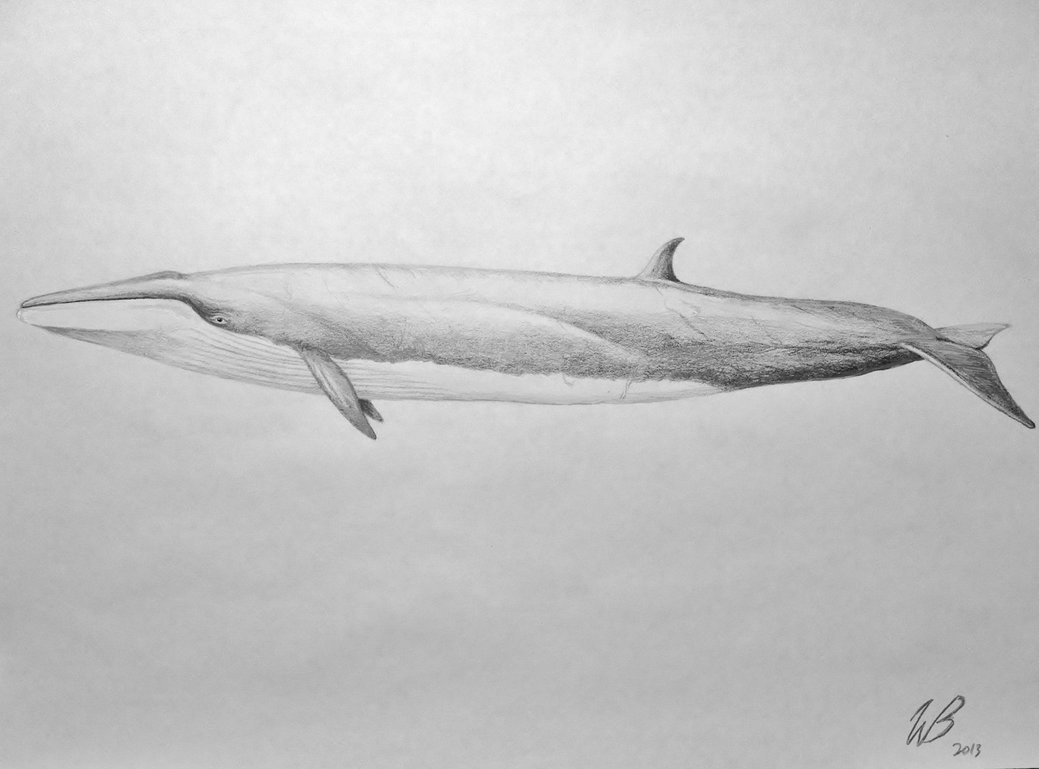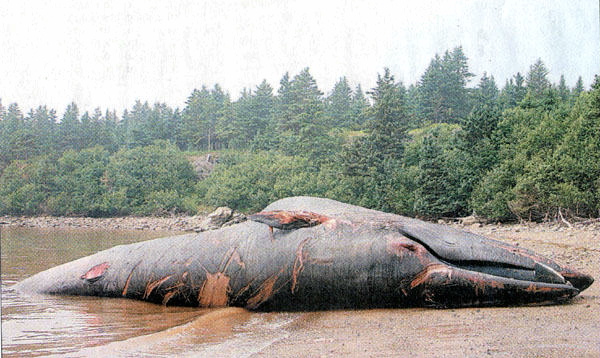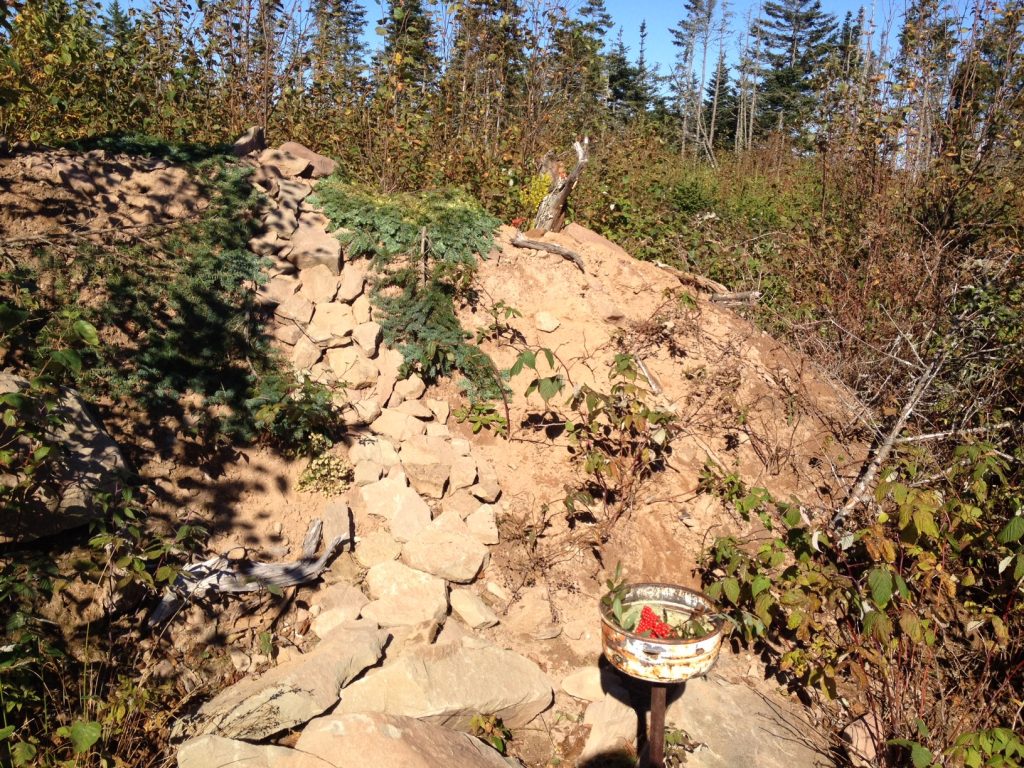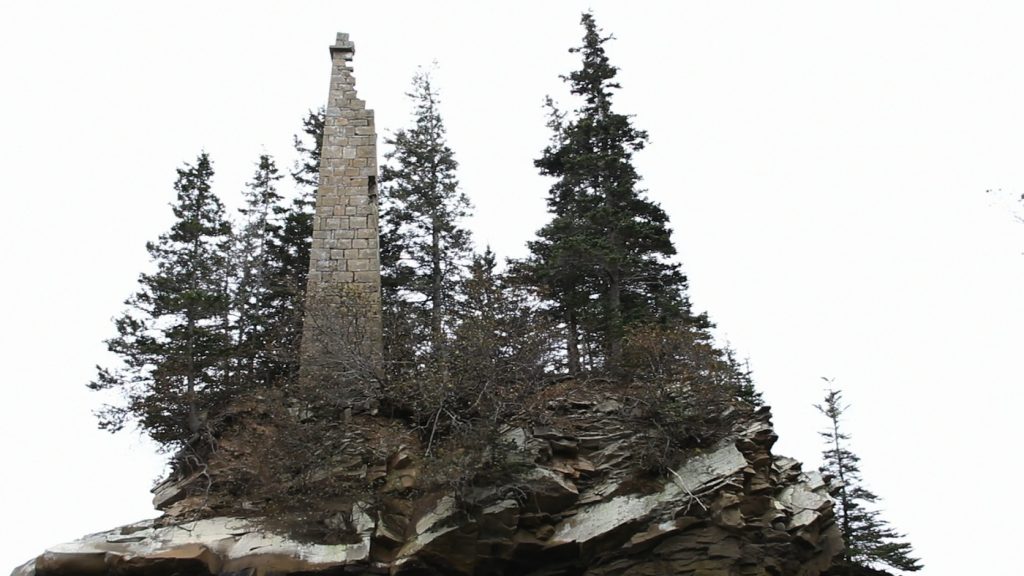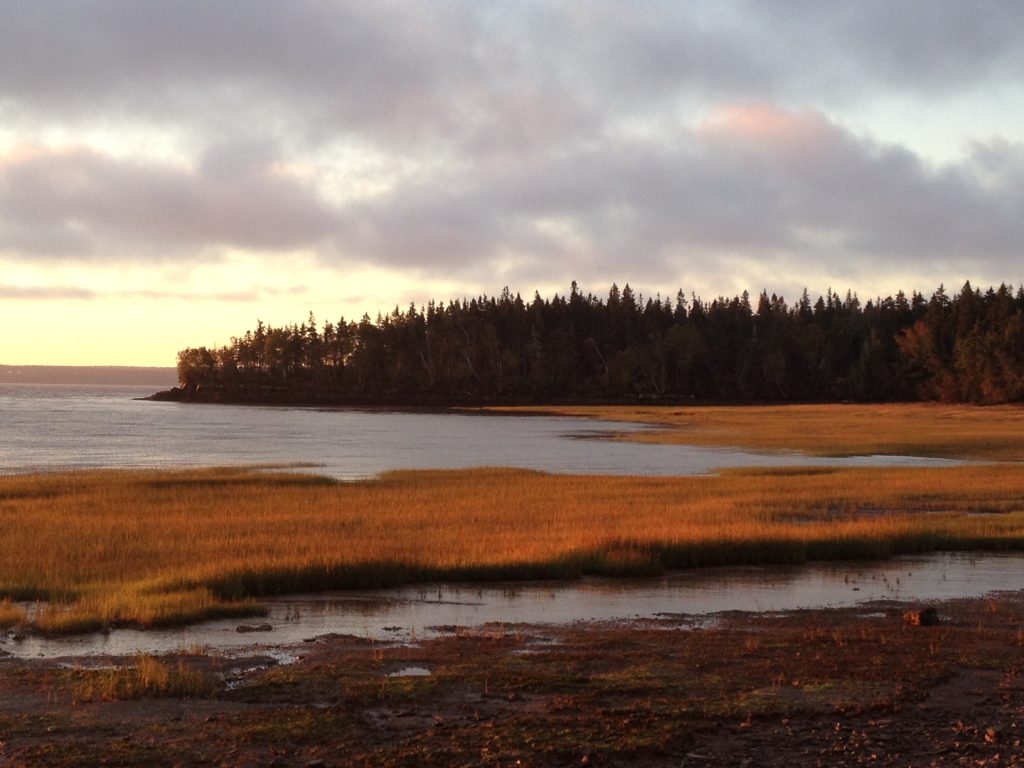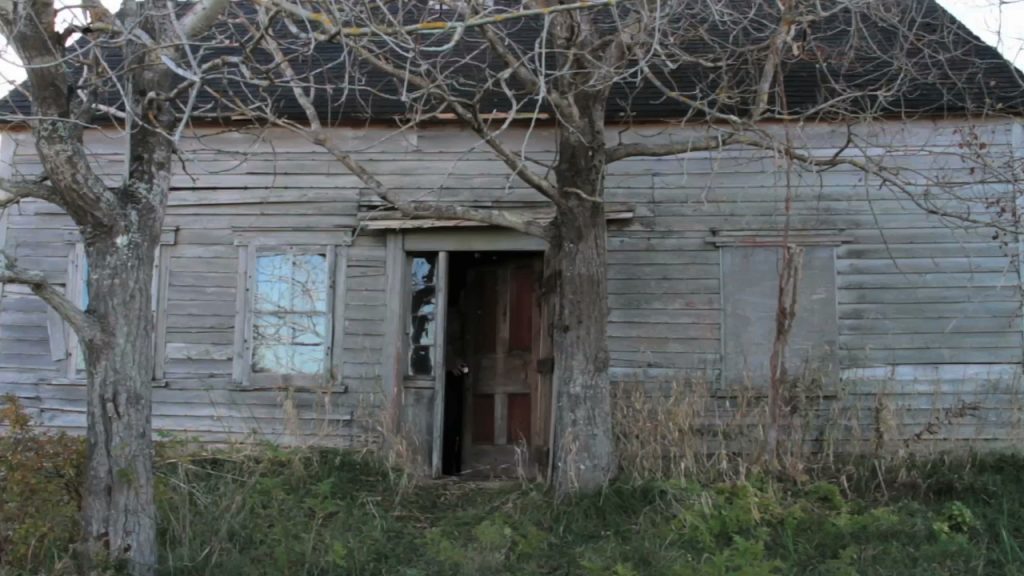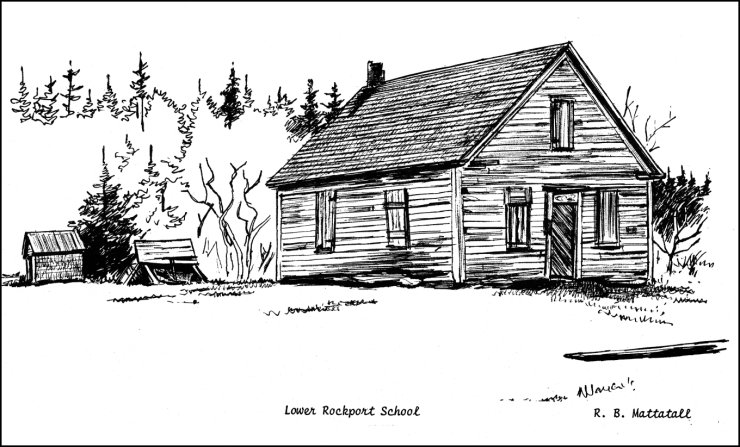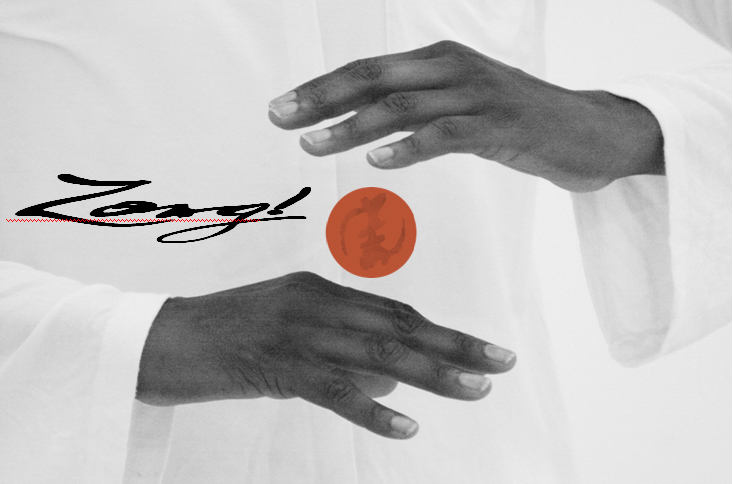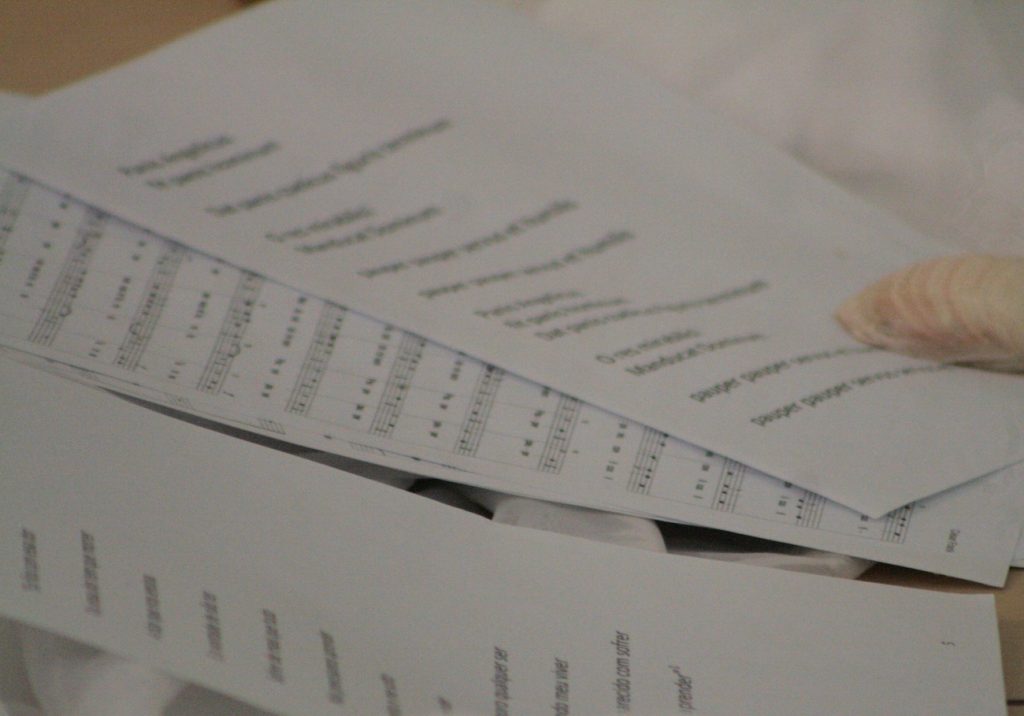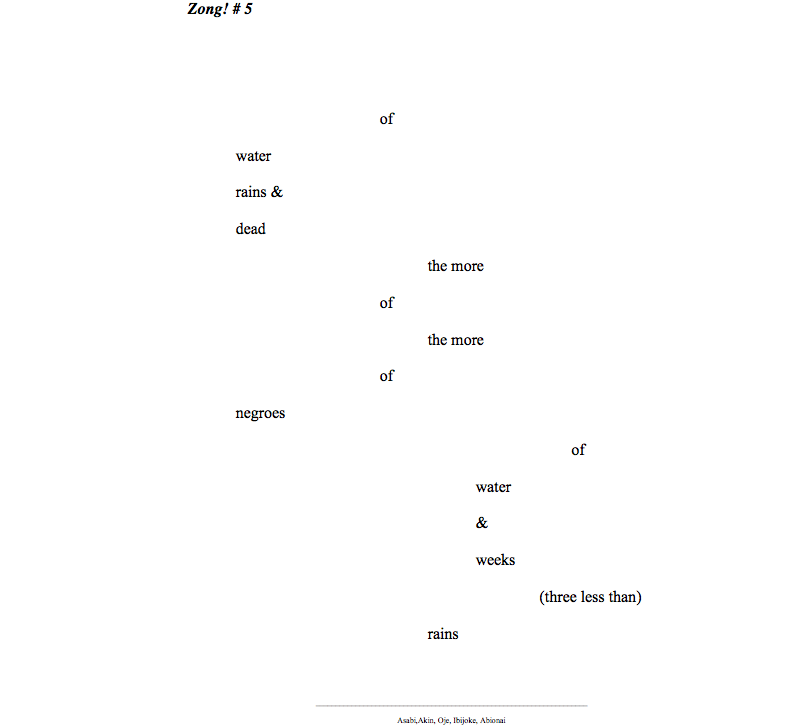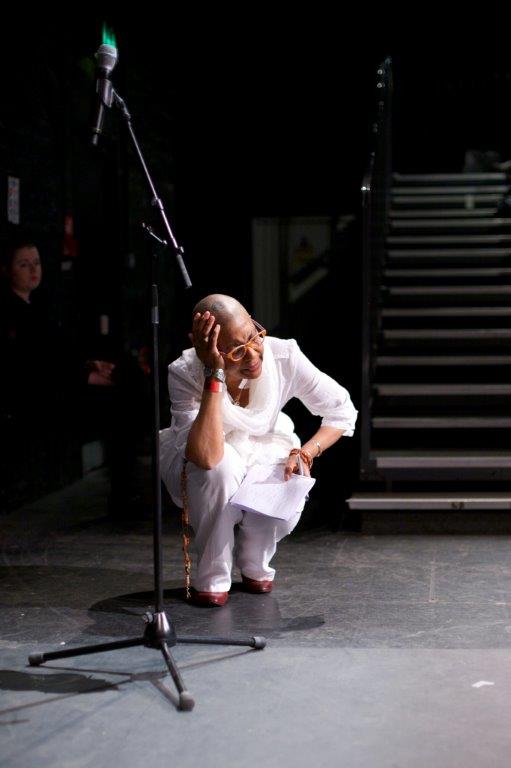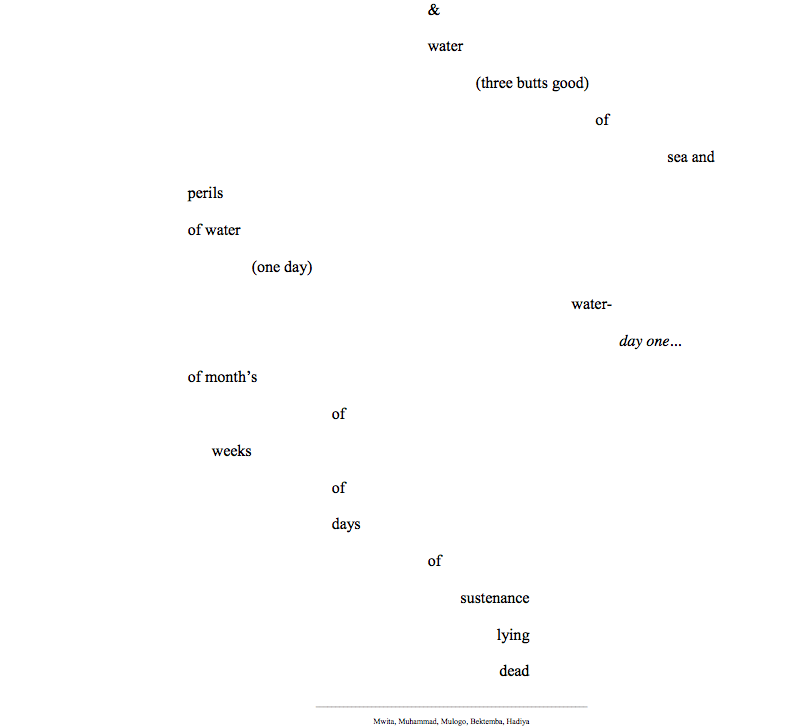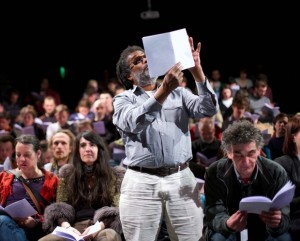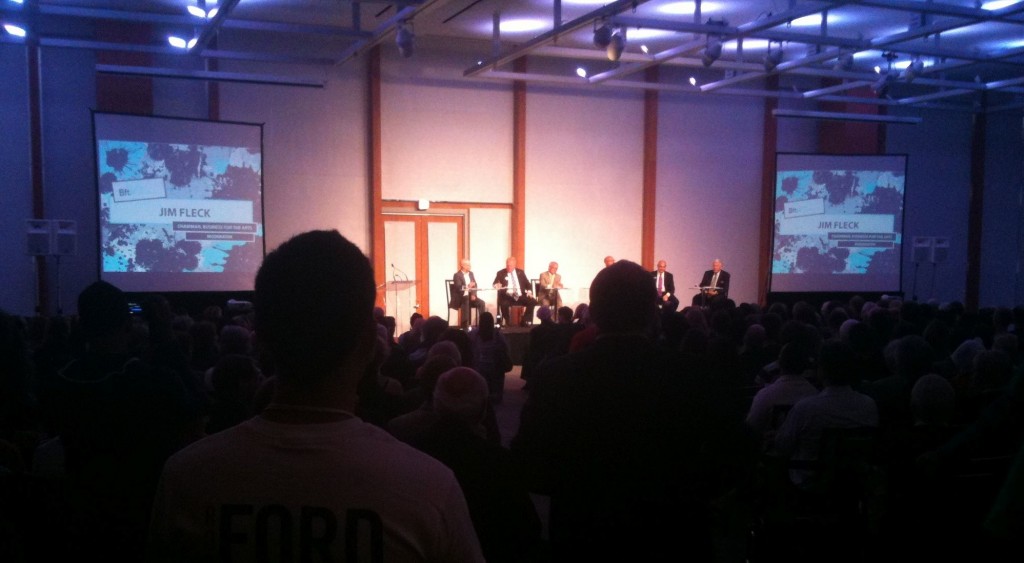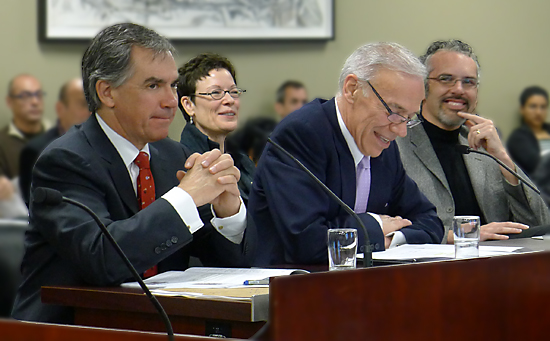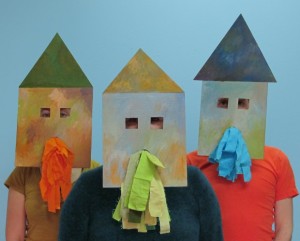My Intervention
I don’t want my tombstone to read: “she was the busiest person in Canadian theatre” or “hardest working” or… you get the picture. But if I don’t slow down the odds increase that this will happen to me. Are you feeling like it could happen to you too?
So when a random hairdresser drops the fact that she works 90 hours a week (50 are bartending hours) that information plus the atrociously bad haircut get me thinking. Many of us are working really hard but what parts of it actually matter?
I was sitting in that hair chair in Toronto during my holiday. My sitting there was a result of a decision to come to Toronto for just one work related thing on this holiday day. This meant getting on a bus and traveling 3 hours, doing the thing for an hour, then getting on a bus to travel another 3 hours. I reckoned I could get a lot of things done in those 6 hours of transit time. I love the feeling of getting things done and working aboard moving vehicles is really pleasurable. Getting a fix on Route 66. All that uninterrupted computer time! Besides, I could see a friend or two and possibly get my hair cut while passing through an old neighbourhood and get some good healthy walks through the streets of my former love, that gasping beauty, Toronto. Tick box heaven on my to do list, but I was probably gasping louder than Toronto. And the work related thing went by in a blur. Did I really need to be there? Nope.
I did not grow up a digital native. I am too old for this, so I know a couple of things about life before the deluge. I know – for instance – that I was always predisposed towards working myself to the fraying edge. So I can’t blame technology for this. Or at least I can’t blame Email or Twitter or ICAL or new Apps for higher productivity. I can’t blame any of these glorious things but I can try to understand the cost of them in my life. It is time for me to make a shift. An intervention.
We do this really cool thing @ SpiderWebShow called Thought Residency. Each month a different thinking person type artist contributor uploads 30-second thoughts and, with a single click, you get the chance to tune out and tune in to someone else’s thinking. I love them.
In her 2nd thought, Internet Waste,our August Resident Mieko Ouchi relays a story of internet practice as told to her by another writer during a writing retreat.
It is worth your half minute – I assure you. The idea that we can schedule inanity yet feel we are being productive may well have iced the cake I have been baking for awhile
In 2008 I left FB no one thought I could do it. But I did it. So now it’s time to take on something really big. I am going to leave email. Kidding. But I am going to set some rules. And I am going to follow them. And it is going to be harder than leaving FB. I already know this to be true.
I have decided to write a mini charter. It is an ode to TED curator Chris Anderson’ s 2011 Email Charter
It is half as long as 3 years have elapsed since then and time speeds up for me. I plan on launching this personal experiment on September 1, 2014, labour day, and seeing how I do over the next 3 months. I encourage you to join me
- Doing it for myself My decision to employ these rules is for my own personal well-being. I cannot expect that my doing this will help any one else do the same. But my personal well-being makes me twice as productive as my torpid click sick self. So this is good
- 3 hours X 5 days a week for work email. I willturn on email twice a day 5 days a week. In this time I will receive and read email every morning for one hour. I will receive and read email every afternoon for one hour. Otherwise I will turn my email off. I will attach a reply that explains this to people trying to reach me and offer emergency alternatives to get in touch should the need arise. I will devote an additional hour on these same days responding offline to emails that have built up over time. I will send these emails at the next send/receive hour.
- Each week I will have No Email Day. I will not read or write any emails (personal or otherwise) one day out of each week. I am guessing this will be Sunday
- 5 days a week I will read or watch at least one play (either live or digital)
- I will act in such a way as to make your inbox lighter. With the email I do send I will work for clarity, brevity and solution. Your time is the same as mine so I am hopeful that my feeling better might help you feel better too.
There it is.
Starting September 1, 2014 I am beginning the experiment. I will formally end it on November 30, 2014. I would love for you to join me.
How to Join:
Tweet me @spiderwebshow or write me @ thespiderwebshow@gmail.com. I am doing this because I want what I do to matter, and I want to make the world a better place. I create work. This has nothing to do with make work projects. I think email has morphed into a make-work project that is no longer serving my culture. Will you join me?
The last words:
I want to credit a walk with Heidi Taylor from PTC and a recent University of Ottawa graduate who devoted a year to researching productivity – they both got me moving on this. Here’s his blog, look for the list of 10 top things he learned over his year’s research. You might also be interested in checking this recommender site for more productivity https://zapier.com/blog/productivity-blogs/.There is also this, a Globe and Mail article on some more email thoughts people are having.

